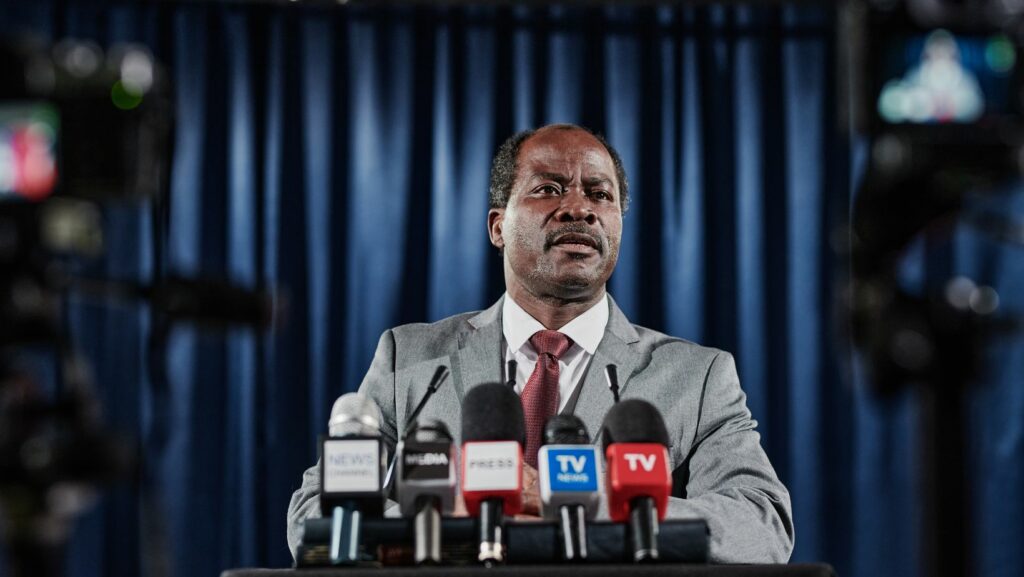In today’s fast-paced media landscape, understanding the political leanings of news outlets is crucial for informed consumption. “The Hill,” a prominent American news platform, has carved out a niche with its focus on politics, policy, and business. Known for its comprehensive coverage of Capitol Hill and the workings of the federal government, “The Hill” has become a go-to source for political news enthusiasts and policymakers alike.
While some readers perceive “The Hill” as maintaining a balanced perspective, others argue it leans towards a particular political stance. This perception often influences how audiences interpret its reporting and analysis. By exploring “The Hill’s” editorial choices and audience reception, one can gain a clearer understanding of its position within the media spectrum. Whether you’re a casual reader or a policy wonk, deciphering “The Hill’s” political leaning can enhance your engagement with its content and foster a more nuanced view of the news it delivers.
The Hill News Political Leaning
 The Hill’s political leaning often influences its content and reader perception. Known for its comprehensive political coverage, The Hill attracts a diverse audience. Some readers view it as centrist, citing its balanced presentation of opinions and bipartisan news stories. Others argue it leans slightly to the right, highlighting editorials and opinion pieces that align with conservative viewpoints.
The Hill’s political leaning often influences its content and reader perception. Known for its comprehensive political coverage, The Hill attracts a diverse audience. Some readers view it as centrist, citing its balanced presentation of opinions and bipartisan news stories. Others argue it leans slightly to the right, highlighting editorials and opinion pieces that align with conservative viewpoints.
Several media bias assessments offer insights into The Hill’s leaning. According to sources like AllSides and Media Bias/Fact Check, The Hill receives a mixed rating. These assessments highlight the presence of content that features a variety of perspectives but acknowledge occasional conservative-leaning tendencies in editorial choices.
Evaluating editorial input and audience demographics provides further clarity. The Hill publishes work from both liberal and conservative commentators, creating a platform that reflects a spectrum of political ideologies. However, the editorial board’s decisions, coupled with audience engagement metrics, often shape the perception of its political stance.
Audience reactions to The Hill’s articles also contribute to its perceived bias. Social media feedback and reader comments can illustrate collective perceptions and reveal how different groups interpret the coverage. This engagement indicates The Hill’s role in the broader media ecosystem, balancing between providing impartial news and catering to diverse political affiliations.
This comparative analysis illustrates “The Hill’s” unique position in the media landscape, balancing diverse political content and serving an audience interested in a wide spectrum of political discourse.
Audience Perception And Influence
 Audience perception plays a critical role in shaping the political image of “The Hill.” Readers’ varied perspectives often dictate how they interpret the content. Some perceive it as balanced, appreciating its effort to present bipartisan viewpoints. However, others argue that certain editorial choices reflect a conservative bias, especially in the selection of opinion contributors. Readers’ interactions on social media and comment sections further influence perceptions, creating a feedback loop where audience reactions can affect future editorial decisions.
Audience perception plays a critical role in shaping the political image of “The Hill.” Readers’ varied perspectives often dictate how they interpret the content. Some perceive it as balanced, appreciating its effort to present bipartisan viewpoints. However, others argue that certain editorial choices reflect a conservative bias, especially in the selection of opinion contributors. Readers’ interactions on social media and comment sections further influence perceptions, creating a feedback loop where audience reactions can affect future editorial decisions.
Influence extends beyond just perception, impacting how “The Hill” engages with its readers. Its strategy of offering diverse political insights attracts a wide audience with varied political affiliations. Catering to both liberal and conservative readers enables it to maintain a broad readership base, which can be seen through its high online traffic and engagement metrics. This strategic positioning not only contributes to its influence in political reporting but also solidifies its role in shaping political discourse across different platforms.
Impact On Political Discourse
“ The Hill” plays a pivotal role in the media landscape by offering a platform for diverse political opinions. Its ability to balance news and opinion pieces from across the spectrum allows it to engage a wide audience. This engagement is crucial in today’s polarized environment, where readers seek varied perspectives.
The Hill” plays a pivotal role in the media landscape by offering a platform for diverse political opinions. Its ability to balance news and opinion pieces from across the spectrum allows it to engage a wide audience. This engagement is crucial in today’s polarized environment, where readers seek varied perspectives.
Despite debates over its political leaning, “The Hill’s” commitment to covering a broad range of topics ensures it remains a significant player in political discourse. Its historical roots and adaptability have enabled it to maintain relevance, influencing how political narratives are shaped and consumed.
Ultimately, “The Hill” exemplifies the complexities of media bias and audience perception. By fostering discussions through its content and audience interactions, it continues to contribute meaningfully to political dialogue, reflecting the dynamic nature of modern journalism.



